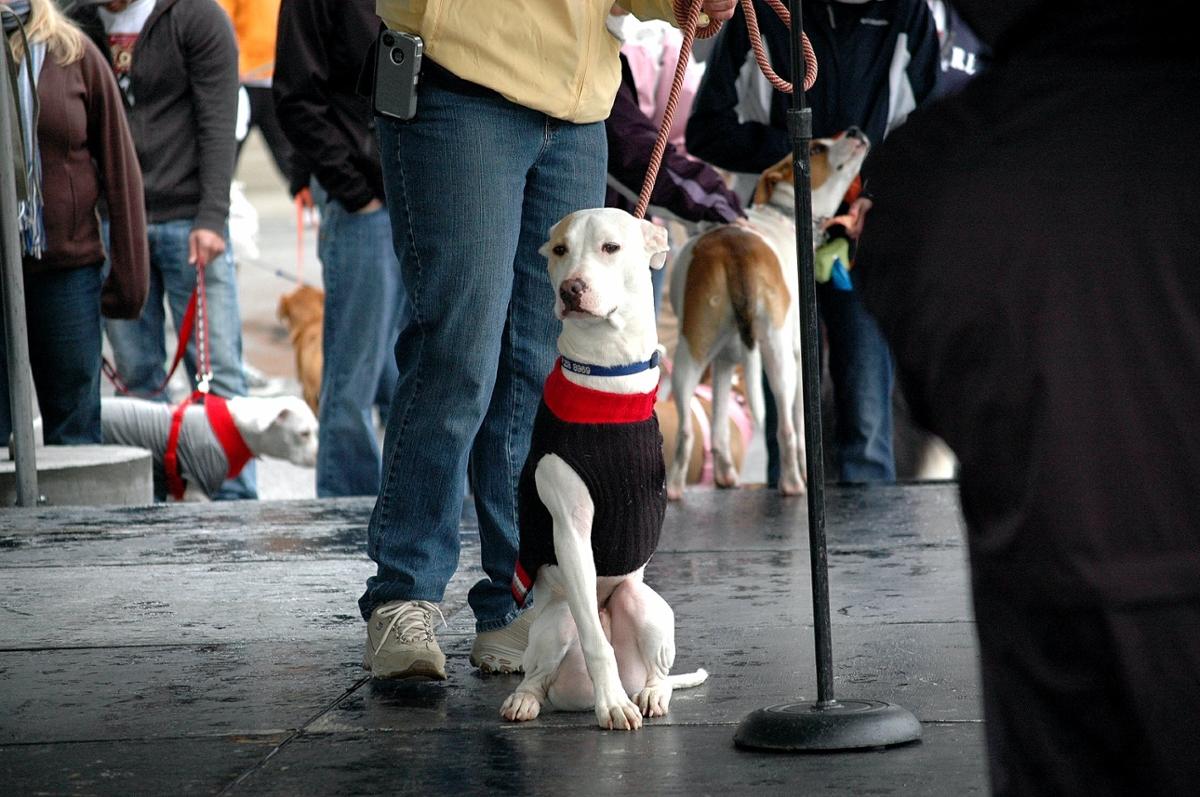It's common for pet owners to impart human characteristics to their dogs, cats, and other non‑human companions. For example, when we shower our pets with love we imagine that they love us back -- even though "love" is a cultural construct we humans invented to describe complex changes and reactions in body and brain chemistry.
But in some ways, humans and other animals do experience emotions and related phenomena similarly. Take pain. Because all mammalian brains share the same basic structures and chemicals, mammals tend to experience and express pain in similar ways.
For example, there are documented cases of dogs experiencing phantom limb pain -- a neurological phenomenon where pain lingers even after a limb has been amputated.
And like humans, there's plenty of evidence that mammals express pain through involuntary facial expressions. If you touch a hot stove, you're likely to jerk your hand away and grimace in pain. Mice, rats, horses, and rabbits, too, are known to react to pain by grimacing, in their own way. For example, when rabbits experience pain their whiskers stiffen, their eyes narrow, and their ears flatten -- the rabbit version of a grimace.
Non‑mammals also experience pain, of course, although their lack of facial expressions makes it harder to gauge exactly how they experience and process painful stimuli.
So even though humans and other animals generally experience the world in very different ways, at least when it comes to pain, humans and non‑humans may be more alike than we are different.










